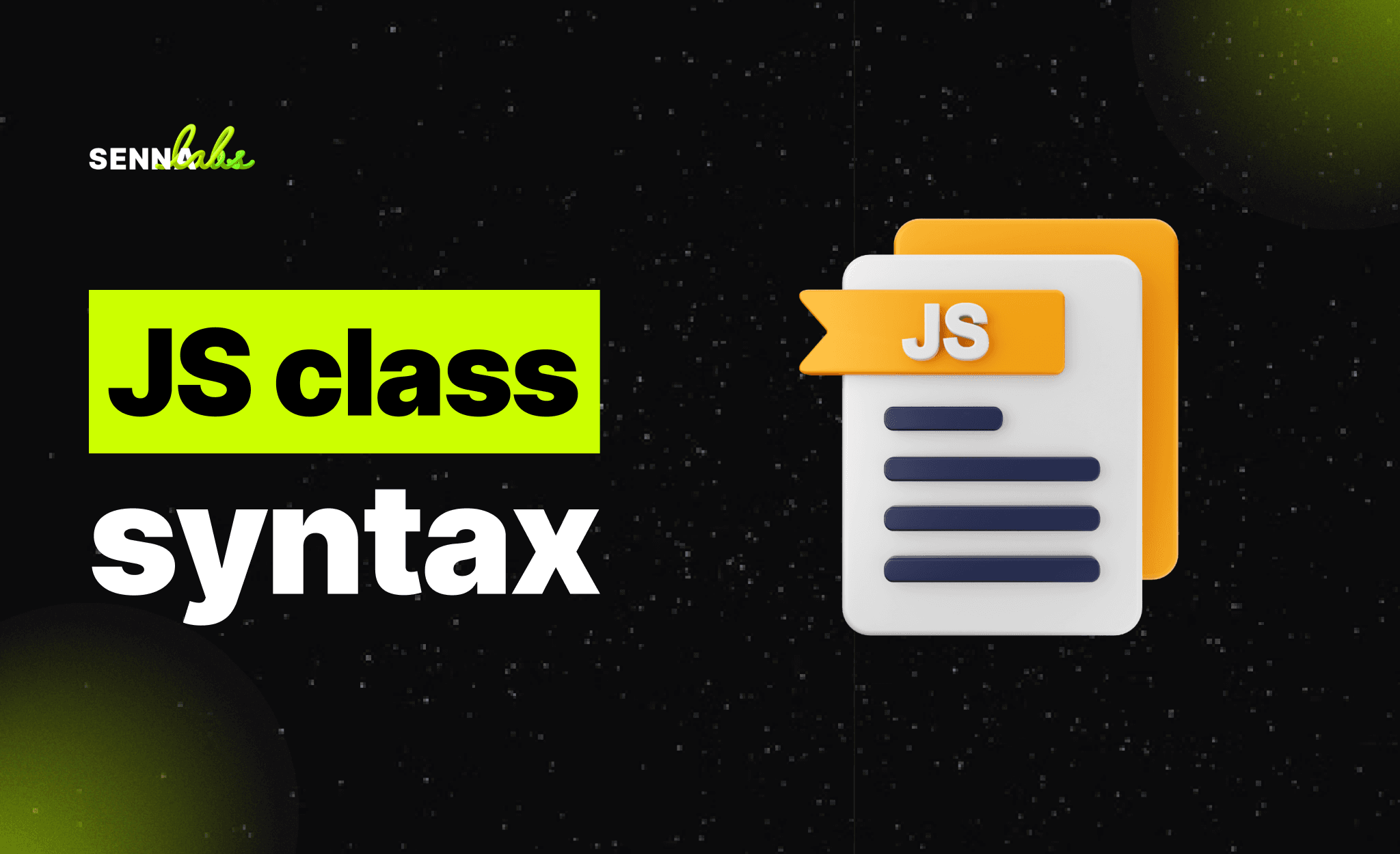Sustainable Resource Management with Custom Software in the Energy Sector

As the world moves toward sustainability, the energy sector is under increasing pressure to optimize resource usage, reduce waste, and enhance operational efficiency. Achieving these goals requires advanced solutions that go beyond generic software, which often lacks the flexibility and precision needed to address complex energy management challenges. Custom software development is emerging as a vital tool in this transformation, empowering energy providers to optimize processes, enhance sustainability, and adapt to evolving demands.
This article explores how custom software supports sustainable resource management and operational efficiency in the energy sector. It also highlights a use case where a renewable energy provider developed a custom monitoring system to track energy production and consumption in real time, achieving remarkable improvements in efficiency and resource utilization.

Challenges in Resource Management for the Energy Sector
The energy sector faces unique challenges that require innovative solutions:
1. Balancing Production and Demand
Energy providers must accurately forecast and manage the balance between energy production and consumption to avoid shortages or waste.
2. Monitoring and Maintenance
Tracking the performance of energy systems, such as wind turbines or solar panels, is critical to maintaining optimal efficiency and minimizing downtime.
3. Regulatory Compliance
Stringent environmental and safety regulations necessitate robust monitoring and reporting tools.
4. Integration of Renewable Energy
As the share of renewable energy grows, providers must address variability in production and integrate these resources seamlessly into the grid.
How Custom Software Transforms Resource Management
Custom software offers tailored solutions to address the specific needs of energy providers, enabling more efficient, sustainable, and reliable operations.
1. Real-Time Monitoring
Custom software enables real-time tracking of energy production, consumption, and system performance, providing actionable insights.
-
Features:
-
Live dashboards displaying energy flow and usage metrics.
-
Alerts for anomalies or inefficiencies.
-
Integration with IoT devices for granular data collection.
2. Predictive Maintenance
By analyzing historical data and system performance, custom software predicts when maintenance is needed, reducing unexpected downtime and extending equipment lifespan.
-
Features:
-
AI-driven analysis to identify early signs of wear or failure.
-
Automated scheduling of maintenance activities.
-
Resource allocation tools for repair teams.
3. Energy Optimization
Custom software optimizes energy usage by identifying inefficiencies and recommending adjustments to processes or equipment.
-
Features:
-
Load balancing to ensure optimal distribution of energy.
-
Automated adjustments to meet peak demand without overproducing.
-
Integration with smart grids for dynamic energy allocation.
4. Regulatory Compliance and Reporting
Tailored solutions streamline compliance with local, national, and international regulations by automating reporting and ensuring accuracy.
-
Features:
-
Automated generation of compliance reports.
-
Tracking of carbon emissions and sustainability metrics.
-
Real-time alerts for regulatory breaches.
5. Renewable Energy Integration
Custom systems manage the variability of renewable energy sources by forecasting production and integrating these resources into traditional grids.
-
Features:
-
Predictive analytics to account for weather-related fluctuations.
-
Real-time grid adjustments to accommodate renewable inputs.
-
Enhanced storage management for surplus energy.
Use Case: Real-Time Monitoring for a Renewable Energy Provider
The Challenge
A renewable energy provider managing multiple solar and wind farms faced challenges in optimizing operations:
-
Inconsistent Production Data: Variability in weather conditions led to unpredictable energy output, complicating resource allocation.
-
Inefficient Maintenance: Reactive maintenance practices resulted in frequent downtime and reduced system efficiency.
-
Compliance Complexity: Tracking and reporting environmental metrics were time-consuming and prone to errors.
The Solution
The provider implemented a custom monitoring system designed to address these challenges and enhance overall operational efficiency.
Key Features of the Custom Software:
-
Real-Time Energy Monitoring:
-
Integrated data from IoT sensors across solar panels and wind turbines.
-
Provided live dashboards showing energy production, consumption, and storage levels.
-
Predictive Analytics for Maintenance:
-
AI algorithms analyzed performance data to identify potential failures.
-
Automated alerts prompted proactive maintenance before issues escalated.
-
Compliance Automation:
-
Tracked environmental metrics, such as carbon offsets and energy efficiency.
-
Generated detailed reports aligned with regulatory requirements.
-
Renewable Energy Forecasting:
-
Used weather data and historical patterns to predict energy production.
-
Adjusted grid inputs dynamically to accommodate fluctuations.
The Results
-
Improved Efficiency:
-
Real-time monitoring allowed the provider to optimize energy distribution and minimize waste.
-
Reduced Downtime:
-
Predictive maintenance reduced unexpected equipment failures and extended the lifespan of assets.
-
Streamlined Compliance:
-
Automated reporting saved time and ensured accuracy in meeting regulatory standards.
-
Enhanced Sustainability:
-
Optimized integration of renewable energy sources into the grid improved overall resource utilization.
Benefits of Custom Software for Sustainable Resource Management
1. Enhanced Operational Efficiency
Custom solutions streamline workflows and improve energy management, reducing costs and increasing reliability.
2. Real-Time Decision-Making
Live data and predictive analytics enable providers to respond to changes proactively, ensuring optimal performance.
3. Sustainability Goals
Custom software helps energy providers meet environmental objectives by tracking carbon emissions, optimizing resource usage, and integrating renewable sources.
4. Scalability
Tailored systems adapt to changing demands, ensuring consistent performance as the business grows.
5. Competitive Advantage
Custom software empowers energy providers to differentiate themselves with superior efficiency, sustainability, and reliability.
Conclusion
The energy sector’s shift toward sustainability and operational efficiency requires innovative solutions that generic software often cannot deliver. Custom software development provides the flexibility and functionality necessary to optimize resource management, integrate renewable energy, and enhance regulatory compliance.
The renewable energy provider’s success with a custom monitoring system demonstrates the transformative potential of tailored solutions. By tracking production and consumption in real time, predicting maintenance needs, and automating compliance, the provider was able to achieve significant improvements in efficiency and sustainability.
As the energy industry continues to evolve, custom software will play a critical role in helping providers meet the challenges of the future. By investing in tailored solutions, energy companies can ensure they remain competitive, sustainable, and capable of meeting the world’s growing energy demands.


Subscribe to follow product news, latest in technology, solutions, and updates
Other articles for you



Let’s build digital products that are simply awesome !
We will get back to you within 24 hours!Go to contact us Please tell us your ideas.
Please tell us your ideas.













